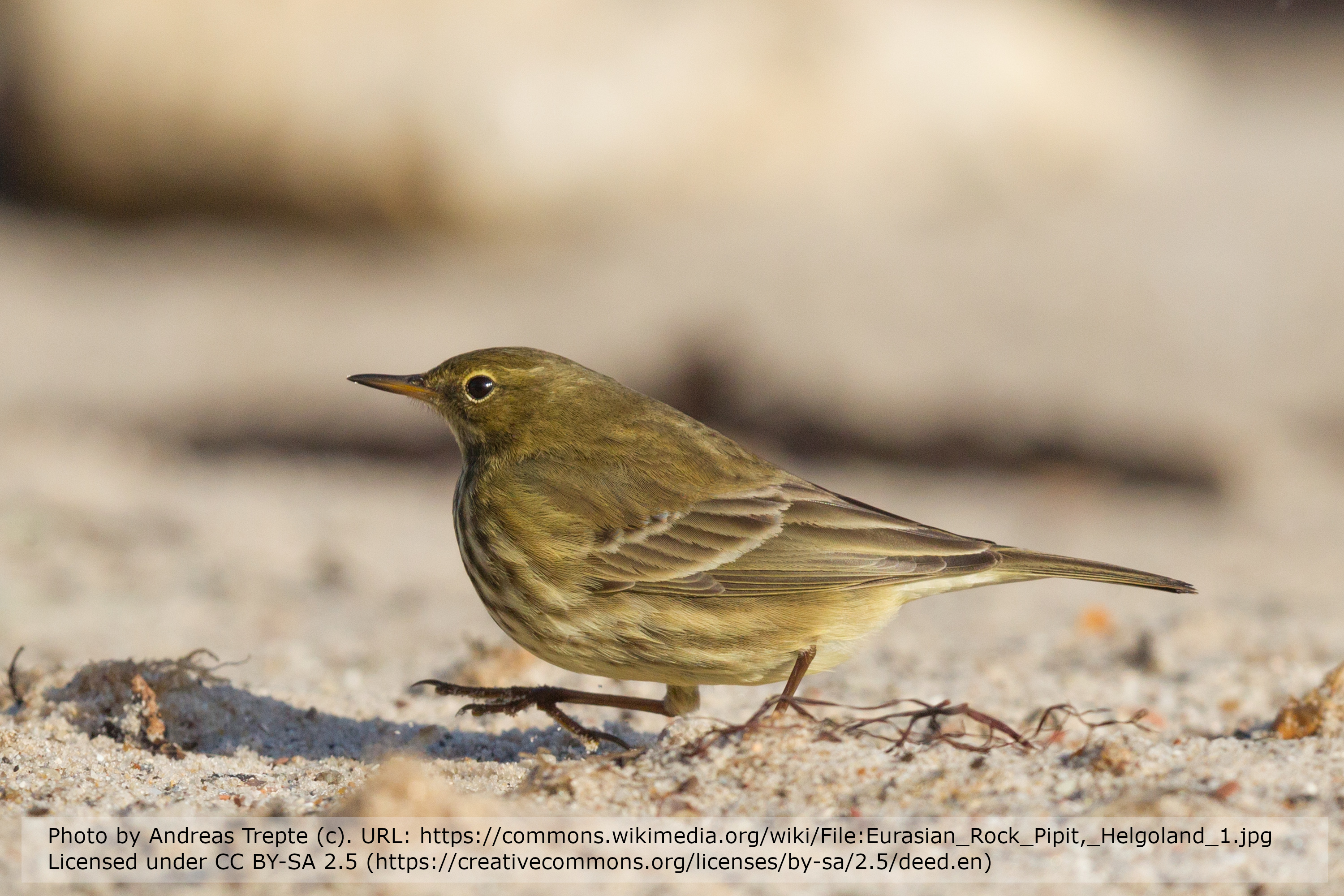Revirstruktur och häckningsframgång hos ett unikt bestånd av skärpiplärka Anthus petrosus littoralis i hamnmiljö
DOI:
https://doi.org/10.34080/os.v15.22749Nyckelord:
urbanisering, predator-bytesinteraktion, interaktion mellan predator och byte, habitatval, val av boplatsAbstract
A unique Rock Pipit Anthus petrosus littoralis population was established in an industrial environment in the harbour of Varberg in the late 1980s. It rose to 17 territories in 1994, then declined to extinction in 2004. In a detailed study (1993—1996), 57 territories were found (41 breeding pairs, 8 non-breeding pairs, and 8 unpaired males). Most nests lay on the ground but several up to 5.5 m above ground. 52 clutches were found: 38 first clutches, 19 failed; 9 replacement clutches, 6 failed; 5 true second clutches, 4 failed. 65% of the failures were caused by predators. Fledging success was 1.6 young per breeding attempt and 2.2 per breeding pair. 61% of males, 40% of females, but only 1% of fledglings returned to the study area in the following spring, adults always to the same territory. The establishment of this unique harbour population may be explained by habitat deterioration (higher vegetation, bushes), possibly enhanced by increasing predation, in adjacent natural coastal habitats. Later, harbour development and pavement of former weedy feeding grounds, and the high depredation of nests, explains the decline and extinction of the harbour population.
Nedladdningar

Downloads
Publicerad
Referera så här
Nummer
Sektion
Licens
Författaren/författarna innehar copyright för varje enskilt bidrag, men samtliga bidrag är publicerade under en Creative Commons-licens, så att vem som helst kan dela och återanvända bidraget förutsatt att copyright-innehavaren erkänns.







